SUMMARY
This is AI generated summarization, which may have errors. For context, always refer to the full article.
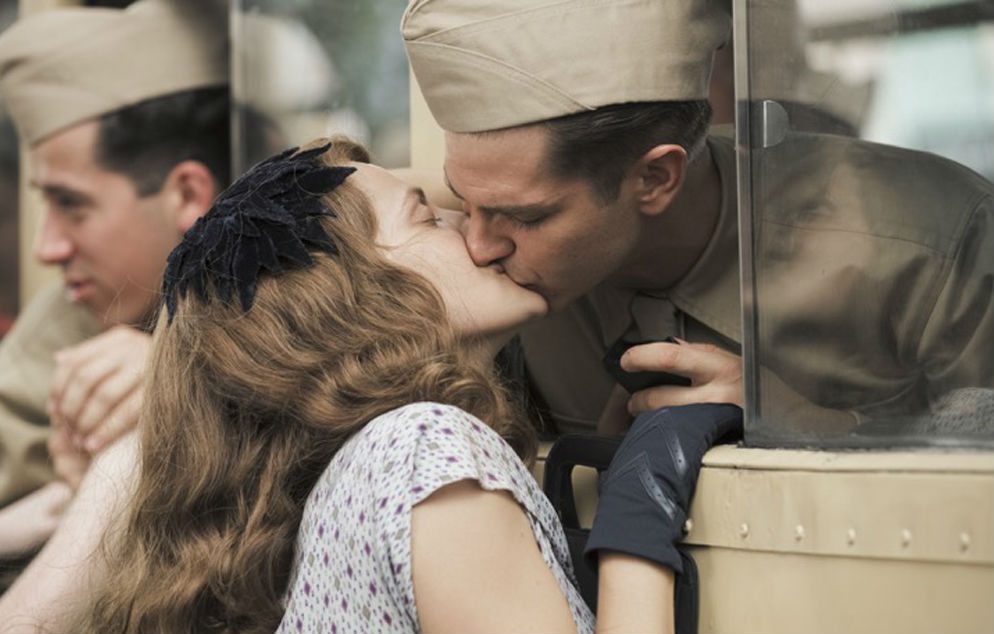
Mel Gibson’s Hacksaw Ridge is a seemingly uncomplicated war movie, one that applauds the valor of the unlikeliest of war heroes.
Charm and crafty machinations
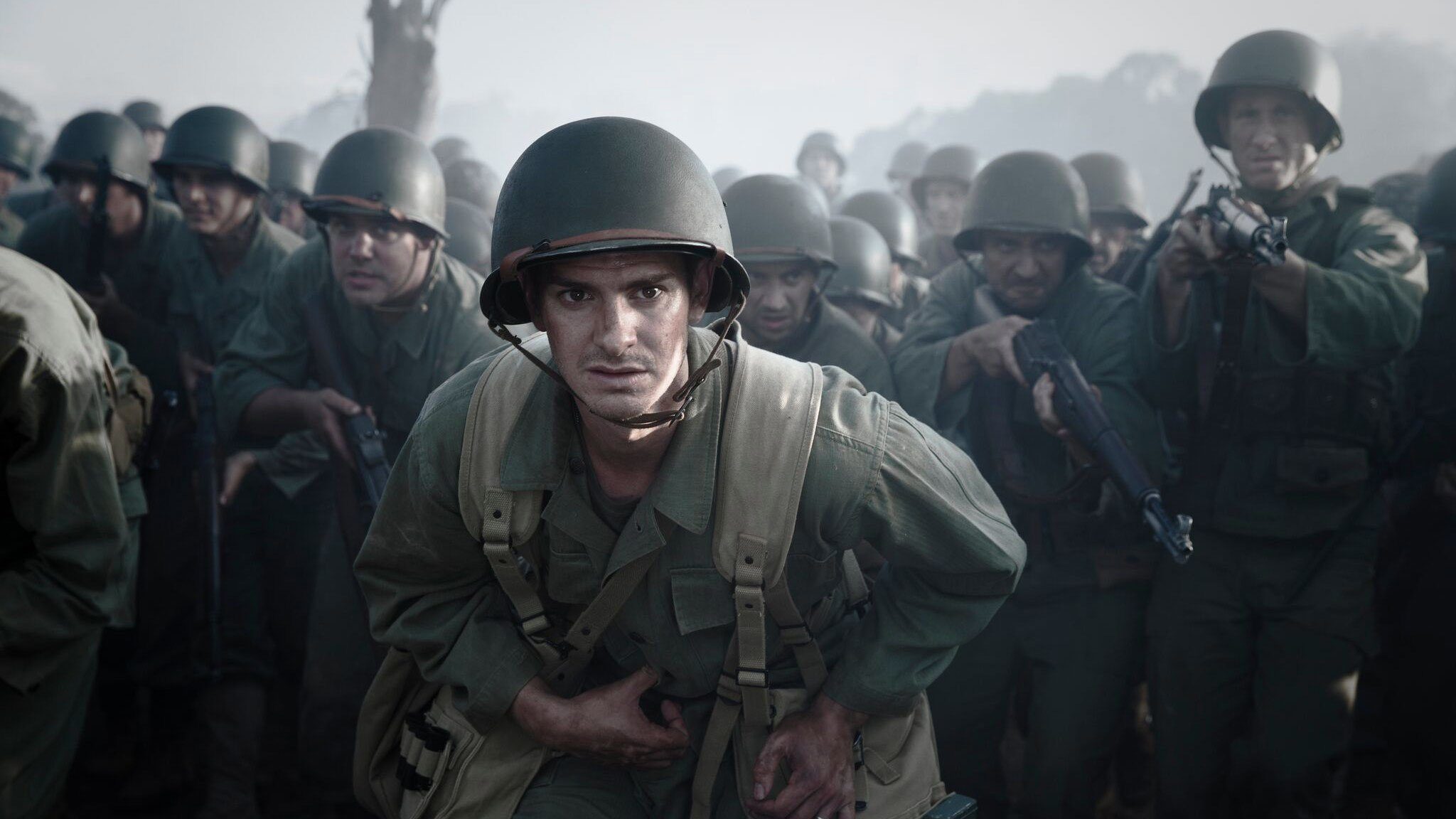
Gibson opening his film with images of stark devastation before plunging into an exhaustive exploration of how Desmond Doss (Andrew Garfield) turned out to be the peculiar soldier whose conscience prevents him from committing acts of violence. There is nothing awfully complex here. Hacksaw Ridge simplifies Desmond’s life into a series of traumas and events that would eventually shape him and seal his fate.
The first half of Hacksaw Ridge reeks of mush and pleasantries. Right after forcing the point that Desmond’s non-violence may have been a result of a childhood accident where he nearly killed his brother, the film mellows and focuses on his terse but rather tepid love story with a pretty nurse (Teresa Palmer). Even the prolonged scenes of Desmond suffering through training camp are replete with gaudy sentiment, with Gibson briefly characterizing Desmond’s military mates with the help of boorish humor.
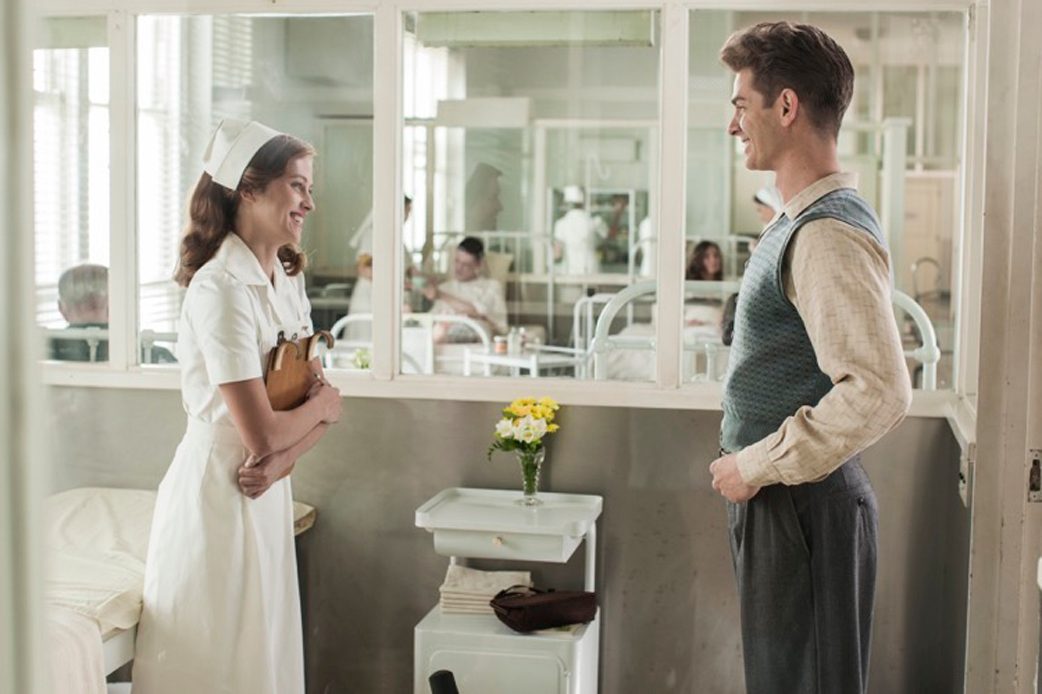
For sure, it all makes cinematic and narrative sense.
Gibson has already prepared his audience for brutality with the initial display of bodies burning, limbs exploding, and Desmond facing danger. In fact, Hacksaw Ridge is bookended by extravagant battle, with the melodramatic middle seems to be there just as an attempt to humanize the excessive body count. The distinct contrast between the excessive violence and the inconsequential romance and camaraderie makes for good drama.
Skewed worldview
It is very easy to fall for the film’s immediate charms and its crafty machinations. There is nothing wrong in getting drawn into its spell and schemes, in simply taking the film as a document of how one man was able to make his mark in a field where he and his staunch allegiance to his beliefs clearly doesn’t belong.
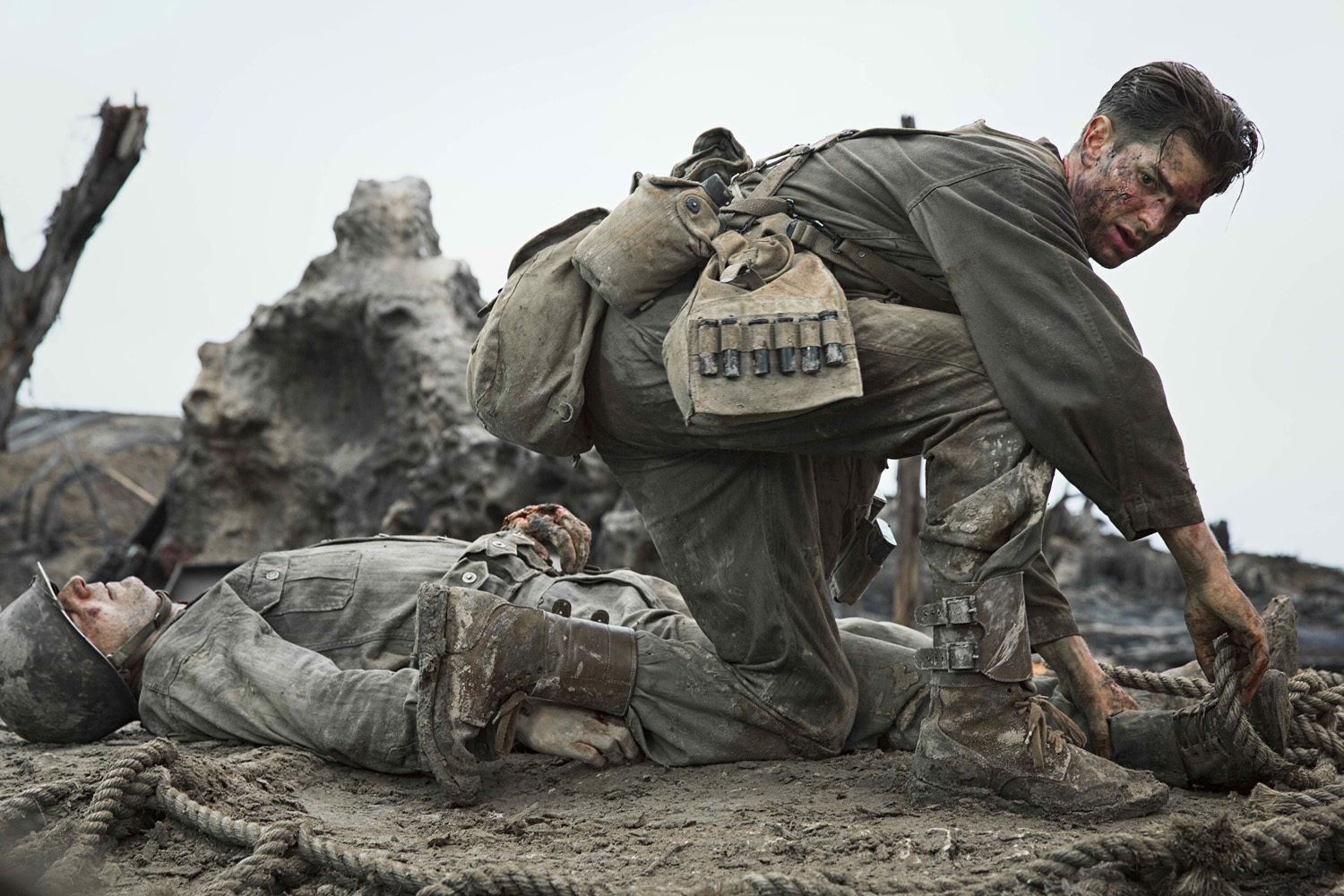
What is troubling about Hacksaw Ridge are the details that reveal Gibson as a filmmaker with rather skewed worldview, one that is adamantly sadistic notwithstanding its trust in faith and religion.
While Gibson extols the richness of Desmond’s soul, it revels in reducing the rest of humanity as props to whatever cause he deems is more important. The film is littered with depictions of bodies bereft of poise and grace, turned into buffet tables for hungry rats or makeshift shields from random bullets and explosions. Its depiction of the Japanese as villainous and whose culture of honor over life as unsound echoes dangerous prejudice.
Pit the film’s very cruel images of undignified humanity that the film flaunts with the embarrassingly mawkish ones where Desmond is either washing the blood and gore from his body or is carried from the battleground as if he was being lifted from the world by an army of angels and you’ll have a picture of darker tendencies.
Morally confused
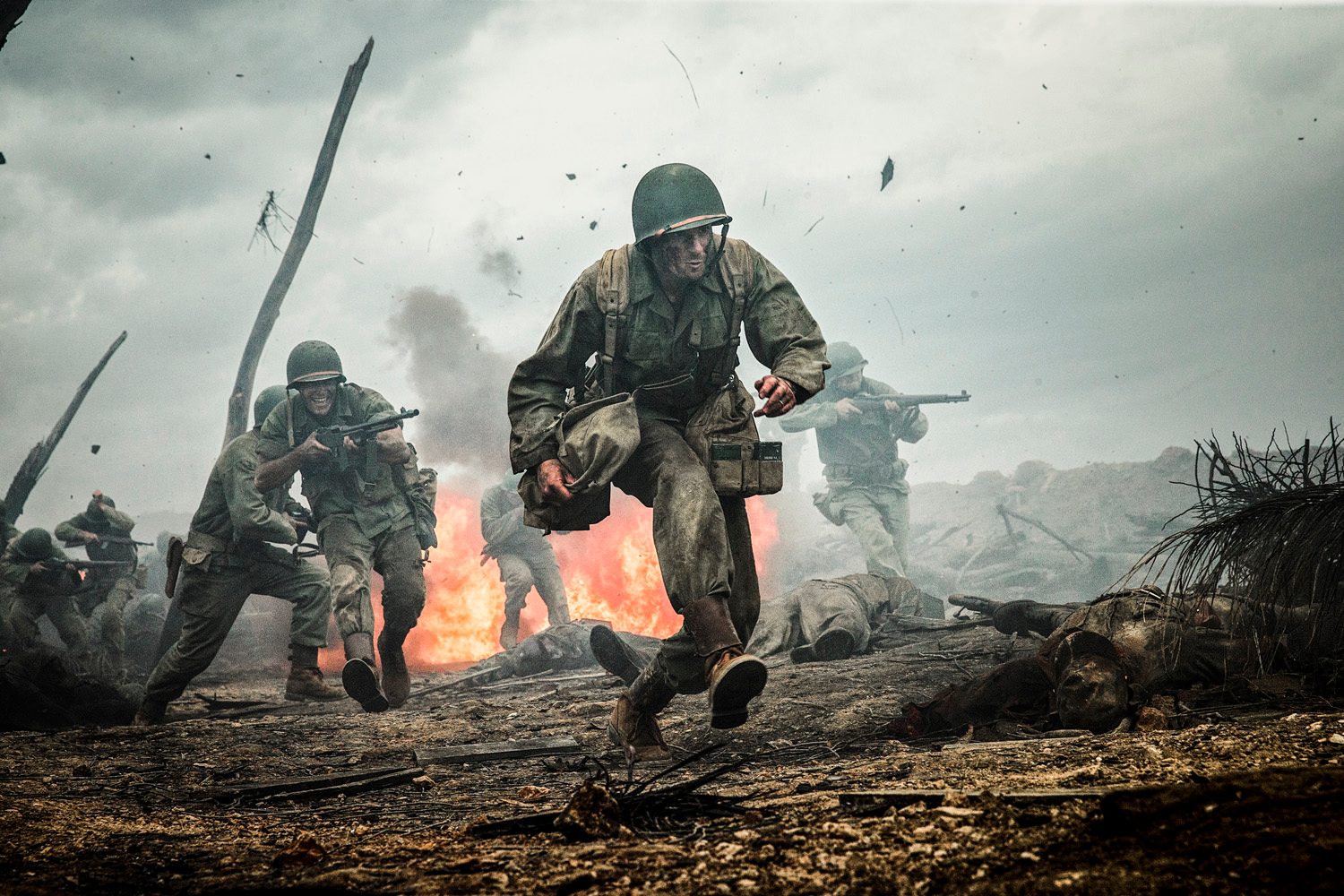
Hacksaw Ridge is morally confused. While it tells a great story of human achievement, its methods of telling it reflects tendencies that betray its own message. – Rappler.com

Francis Joseph Cruz litigates for a living and writes about cinema for fun. The first Filipino movie he saw in the theaters was Carlo J. Caparas’ ‘Tirad Pass.’ Since then, he’s been on a mission to find better memories with Philippine cinema.
Add a comment
How does this make you feel?
There are no comments yet. Add your comment to start the conversation.